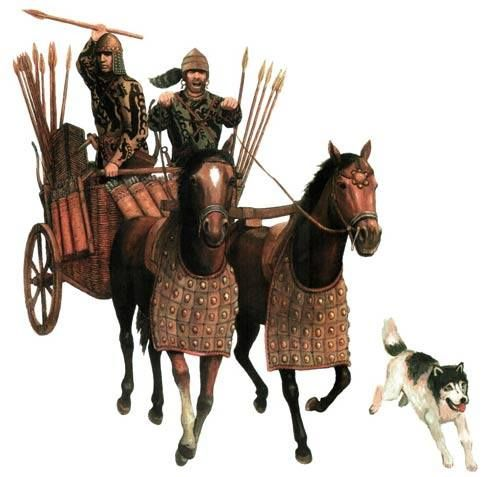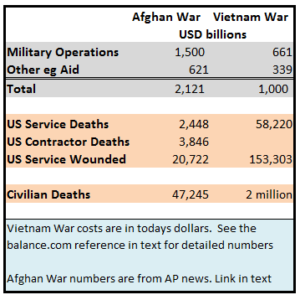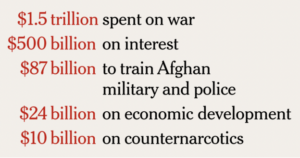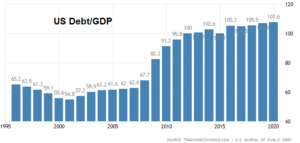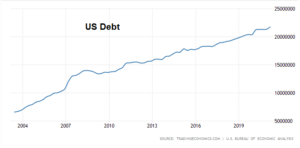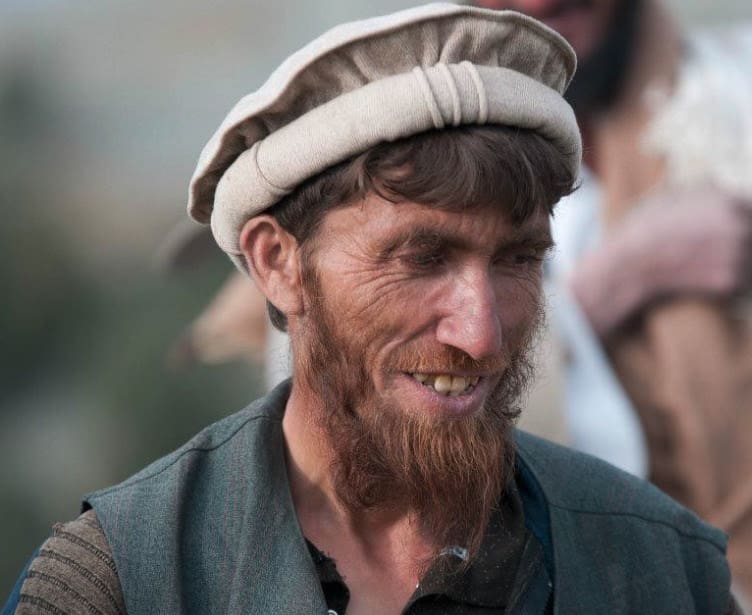A close childhood friend, a passionate and active supporter of Aam Aadmi Party-whilst he retains his deep personal and family linkages with the Congress party- his grandfather served as a minister in a Congress run Madhya Pradesh government in the 70s, is a regular sparring partner on arguments around ideological moorings of Modi Sarkar and its performance.
A comment he made in a recent argument, he was explaining to me why the opposition in India behaves the way it behaves and what is the opposition’s role, quoted a famous Hindi adage- Aag ko Pani ka bhay (The fear of water should be inculcated in every fire). Coming from someone who has been extensively involved in political mobilization and has had a close view of governance in this country, the comment is a remarkable summary of the sub-continent’s politics over the last 100 years.
The comment made me once again read M. J. Akbar’s seminal work on Pakistan- Tinderbox the Past and Future of Pakistan, relook at the structure of modern Indian state, its institutions and the incentives that drive the political parties in India.
Akbar’s book presents the intellectual foundation of the idea of Pakistan, the political land scape that nurtured the idea making the idea a potent force, eventually leading to the partition on the sub-continent on religious grounds and founding of an Islamic nation.
Akbar submits that the fall of Mughal empire and with the emergence of British as the de-facto rulers of the sub-continent, the Muslim elite that that ruled for over five hundred years felt politically disenfranchised and powerless.
One of the ways in which the elite responded to this defeat was by nurturing the idea that Akbar calls- Theory of Distance. He credits the origin of this theory to Shah Walliullah a pre-eminent Islamic theological intellectual of 18th century. The theory claimed that the Muslims were suffering, because the difference between believers (the Muslims) and infidels (the Hindus) had blurred in India. They had abandoned the purity of their faith and forgotten they were a distinct entity.
As the British consolidated their rule over India in the late 18th and the 19th century, their policies encouraged this distinction and the Muslims increasingly felt the British were discriminating them vis-à-vis Hindus.
The British on their part, during the years in power, saw the Indian sub-continent not as one Nation but an amalgamation of multiple groups each with its own sectarian identity.
Their experience of 1857 made them consider Muslims as a political force that posed the gravest threat to their rule.
In the first half of the 20th century, they used the force of Muslim identity as a counter-weight to the nationalist movement which was primarily led by Hindu leaders.
The British stoked the fear of a numerically dominant Hindus will deprive Muslims of any power sharing. Starting with separate electoral colleges for Muslims, British support for ‘Theory of Distance’ culminated in Two Nations theory with partition and creation of Pakistan.
The British Raj ruled by the principles of pitting caste and sectarian identities against each other and using these identities bulwark against the freedom movement. Their encouragement and support of the Two Nations Theory has left a lasting legacy in the sub-continent.
Post 1947, the two nations have followed different trajectories.
Pakistan has slowly, steadily and surely moved in the direction that was envisioned for it, by founders of its idea. A state founded, as Akbar writes in his book- not only as a separate nation from Hindu India but also a laboratory and fortress of Islamic faith.
It’s laws today discriminate its citizens on religious grounds- only a Muslim by law can become its Prime Minister or President. It has enshrined Islamic practices in its constitution and its once Westernized Army, its most dominant institution, now has Faith, piety, Jihad for the sake of Allah, as its motto.
Although Islam could not hold the country together, its eastern wing seceded in 1971 to become Bangladesh, it has continued it march towards a homogenous Islamic country. Religious minorities made up for 31 % of Pakistan’s population in 1947, today they make for 4% of it’s population. Its current prime minister aspires to make Pakistan a modern-day version of Riyasat e Medina.
Akbar’s book introduces us to actors who gave birth to the ideas of Muslims as a separate nation, the need for an Islamic republic in the sub-continent and those who fought- politically and violently for fulfilment of these ideas.
It is unfortunate that we don’t read about these men- they are all men, in our school text books. Ideas of Walliullah, the Ulemas of Deoband, Maulana Madudi and Zia ul Haq have shaped the destiny of the sub-continent and continue to drive the actions of those running the countries in the sub-continent.
The book, well researched and mercifully does not read like a Phd thesis, fills this space remarkably. My one quibble with the book would be that it does cover the role played by Hindus in the emergence of two nations theory. The most towering leaders of the freedom movement were Hindus but they were avowedly secular and considered Muslims as equal stakeholders. Where and why did they fail in garnering mass support for their ideas of United Secular India.
India inherited the Raj in 1947. It opted for the Westminster style, first past the post model for it legislative function. Its bureaucratic service is modelled on the lines of British era Indian Civil Service and its police force even after 75 years of Independence follows the procedural manual laid down by the British. The Indian state continues to enforce The Indian Penal Code, enacted by the British in 1860 and India’s Supreme Court functions in English. Its successive governments not only inherited, and have largely preserved the British era state structure, they also inherited India’s sectarian fault lines.
Setting it up as a multi-party democracy, the founders of the modern Indian republic continued to see India the way British saw it- a union comprising of multiple religious and geographical identities. Shashi Tharoor captured the idea of the Indian Republic pithily when he compared India with a traditional Indian meal called –Thali.
A Thali is a traditional India meal comprising of an array of dishes in uneven quantity with each dish bringing its own distinct taste and flavor; a sum of its parts a Thali makes for a delicious wholesome meal with each dish contributing to the culinary experience.
The problem with looking and treating a country like a Thali whilst governing it as boisterous electoral democracy is that sooner than later politics of identity will kick in. Each sub-group will look to the trump its own interests over the interests of the larger group as a whole. Its design will make sure that the incentives of the politicians representing each sub-group, will always be aligned with achieving optimum output for the sub-group that they represent even if those goals are achieved at cost of the largest group- the nation state. While there is merit in the arrangement, why should the size of the largest group be allowed to dominate the smaller units, a side effect of this approach is that it leads to the politics of – Aag ko Pani ka Bhay.
In the absence of a unified Indian identity, crafted in a melting pot with its religious and geographical diversity as ingredients, we as a nation always end up playing the balancing act. Let us guard against the majoritarian tendencies of its majority community by vesting its religious and cultural institutions in the hands of a secular state. Let the dominant religious minority have its own personal laws otherwise it will feel alienated. Let us split the state purse on religious lines as a mark of our commitment to building a nation that treats all religions equally. Let us ride roughshod over rights of the real minority- the individual for the sake of a group’s sentiment. We have ingrained in our laws all these principles.
Design a state structure that looks as Indians first on what are their religious beliefs and then their caste denomination. Give them a polity that will thrive on amplifying their differences and pitting the fear of one identity against the other. Fail to build state capacity that can be a neutral arbitrator of conflicts between these identities or can forcefully maintain law and order and you will end up with the polity thriving, on politics of ‘otherization’ of the ideological and political opponents; and one that challenges state’s monopoly over violence repeatedly. Instead of supremacy of the law performing the role of Pani to the Aag of anarchy or the will of the people acting as the Pani to the Aag of governments not delivering, politicians get to play one identity against the other.
The Indian sub-continent has been carved into three separate nations in the last 75 years in an attempt to balance Aag and Pani. While two of three nations are forging common national identity, for a better or for worse time will tell, the largest of three continues to stumble along. How soon its people come together and forge an identity that subsumes their smaller group identities- one wonder if its citizens even want to do that, will shape the destiny of the sub-continent in this century.

